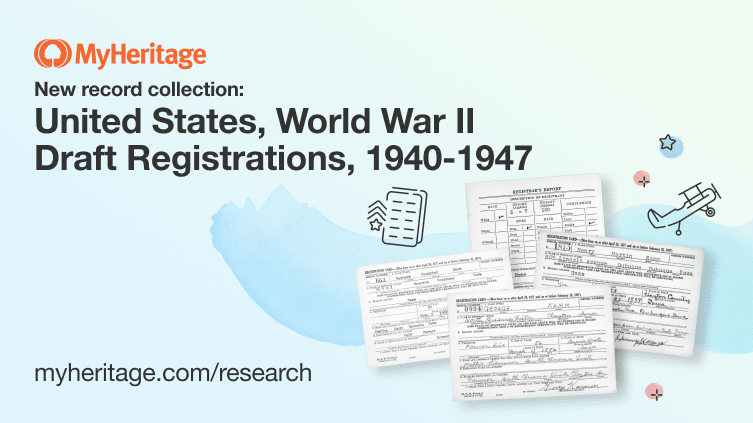The recordings of the Joy Reisinger Memorial Lecture series, a 6-class series taught by the Board for Certification of Genealogists and broadcast live on Friday are now online at www.FamilyTreeWebinars.com/BCG21. Taught by genealogy's elite educators (Elizabeth Shown Mills, David Ouimette, Melinda Henningfield, Patti Lee Hobs, Amy Larner Giroux and Rick Sayre), the classes are free to view through Sunday, October 31 or available anytime with an annual webinar membership.
Context: A Powerful Tool for Problem Solving by Elizabeth Shown Mills, CG, CGL
Raw facts do not tell a story. They may not even tell the truth about what they do relate. As researchers, we seek original documents that offer us “the facts.” But facts are impish devils, and historical records do not speak for themselves. They cannot explain themselves. They are inert objects created by individuals of a different time, a different culture, and who-knows-what mindset. If taken at face value, records and their “facts” can deceive, mislead, or confuse us. The only voice that documents have is the voice we give them. With every document we find, and every story we tell, we have a choice:
- We can take what we see at face value, report it devoid of context, and run the risk of misrepresenting the circumstances. Or …
- We can seek the context we need to understand the record, the event, and the person.
Seven Immigration Methodologies, with Case Studies Across the Centuries by David S. Ouimette, CG, CGL
Family historians face significant challenges tracing immigrant ancestors. Changes in language, culture, family composition, given name, surname, country of residence, and occupation tend to obscure the origins of many immigrants. This presentation introduces seven methodologies to effectively trace immigrant origins, illustrated with examples from the early 1600s to the early 1900s.
Investigate the Neighborhood to Advance Your Research by Melinda Henningfield, CG, CGL
This lecture reveals the most powerful methodology available to genealogists. Family historians often begin their genealogical quest by researching only their direct ancestors. For many reasons the direct ancestor they search for may have left few records. The records that survive may not shed light on where the ancestor came from or who his parents were—or any other question about an ancestor. The records that answer questions about an ancestor are sometimes only found by researching his relatives, friends, neighbors, associates, or enemies.
What am I missing? Recognizing Research Holes in Available Sources by Patti Lee Hobbs, CG
Performing reasonably exhaustive research assumes researchers recognize the resources available to solve a research question. Genealogists must recognize pertinent resources available to solve a research question and understand the limits of each of those resources. This lecture helps to navigate the pitfalls.
Using Mind Mapping as a Visual Research Plan by Amy Larner Giroux, PhD, CG, CGL
Thorough analysis of each source document is how genealogists plan their next research steps. Including mind mapping as a visual method of analysis can help focus further research questions, point to missing sources, and support indirect evidence analysis.
Private Land Claims—Complicated? Yes, but worth it! by Rick Sayre, CG, CGL, FUGA
When the United States acquired land that had been under the governance of foreign nations (Great Britain, France, Spain, and Mexico), the U.S. government agreed to grant title to landowners who could prove prior legal land rights from those foreign governments. This webinar shows how to access and use records resulting from the adjudication of these “private land claims,” which may provide significant family information.




Comments (0)